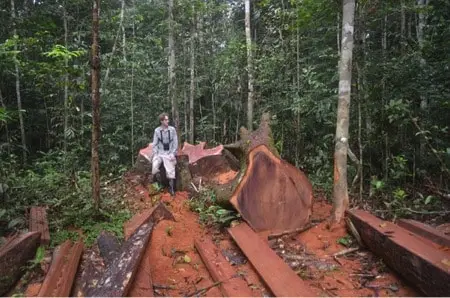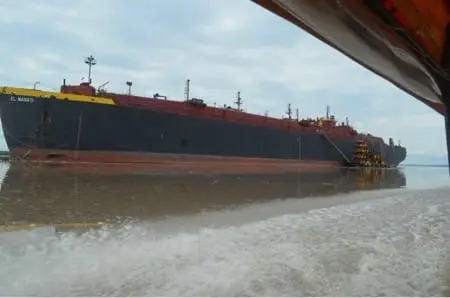May 16, 2013
by Stuart Pimm
Oil and Gas Development Does Not have to Destroy the Amazon
When one thinks of the Amazon, it is usually of lush rainforests or indigenous people living amongst a wild landscape. Certainly, that is part of the Amazon’s story, but there is more, some of which may be a surprise. There is a good chance that the Amazon also produced the gasoline that powered your car today. The vast forest holds not just biological and cultural riches, but also hydrocarbon riches. The font line of the conflict between a wilderness wonderland and the modern petrochemical age is the western Amazon, one of the most biologically and culturally diverse zones on Earth.
A Framework of Best Practices for Hydrocarbon Development in the Amazon
Now a new scientific study by NGS grantees Clinton Jenkins and Matt Finer, along with engineering expert Bill Powers of E-Tech International, proposes a 10-point framework of best-practices for hydrocarbon development in the Amazon.
By combining advanced engineering criteria with consideration of ecological and social concerns, they present solutions for reducing the many potential impacts of hydrocarbon development.
For example, by using extended reach drilling (ERD), a technique to reach a larger subsurface area from a single drilling location, it is possible to greatly reduce the total number of needed drilling platforms as well as access roads for a given project, says Clinton Jenkins of North Carolina State University.
Using ERD along with other key components of best practice, such as reduced pipeline right-of-way and a prohibition on new access roads, could reduce project-related deforestation by more than 75 percent.


Avoiding Conflicts
According to Clinton Jenkins, it is not just better engineering that can prevent problems. The vast majority of currently planned drilling wells, production platforms and pipeline routes overlap sensitive areas such as protected areas, indigenous territories, critical ecosystems and vital watersheds. By identifying these types of potentially conflictive overlaps early in the planning process, best practice can be essential to avoiding future conflicts.
While the findings in this study will be applicable across the Amazon, the direct focus is the department of Loreto, a vast Amazonian region in northern Peru that is home to extraordinary biological and cultural diversity. Loreto recently made headlines when the Peruvian government declared an environmental state of emergency following years of extensive oil contamination.
In the words of author Dr. Matt Finer of the Center for International Environmental Law,
Loreto makes an ideal case study because it is one of the largest and most dynamic hydrocarbon zones in the Amazon. Following the state of emergency, there is an added urgency to develop methods to minimize the impacts of any future development.”
The study also concludes that utilizing best practices should not increase project costs and may actually be cheaper in the long run. According to author Bill Powers of E-Tech International, “The engineering section of the guidelines addresses the full range of key project components. In addition to greatly reducing negative impacts such as deforestation, we found that best practice does not impose substantially greater costs than a conventional project, and may in fact reduce overall costs.”
The research was funded in part by the National Geographic Society.
Copyright 2025 Saving Nature | fGreen Theme powered by WordPress
